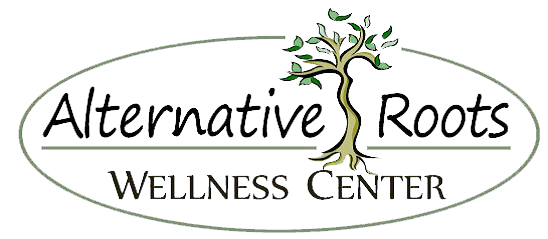Active Recovery
In other articles I have mentioned the importance of having a daily warm up and cool down not only for workouts, but also any invested activity (gardening, shoveling, painting, etc.). It helps to warm up the muscles for work and stretch and relax them once finished. On your rest days, either between workouts or while you wait to begin a project or outing (or recover from it), it is a good idea to invest your time in a regular and recurring active recovery routine – it can speed up the healing process, improve overall mobility and increase your resistance to injuries.
An active recovery routine is one that does not leave you breathless or collapsed from fatigue, but rather concentrates on coordinated movements, maximizing range of motion and improving balance. It also shouldn’t require a huge investment of your time – typically 15 to 30 minutes is enough to get the job done. Finally, it should not leave you drenched in sweat, but at the same time require effort and concentration to focus on your form and balance.
You might find examples of both extremes for this if you search online; some of them are more daunting and sadistic than they should be while others are too minimalist. The ultimate goal is to encourage circulation through tight and sore muscles, to stretch muscle and tendon attachments, flex and extend joints – all to improve function and dynamic stability. The common sense approach to adding an active recovery routine to your schedule can be effective and significantly rewarding.
So What Is IT?
There is no single routine, but most effective plans will involve a balance component, a multistep motion complex, a resisted or bracing activity and joint flexibility. There are usually 4 or 5 total actions you perform for 1-5 reps and repeat the process 3-4 times. These routines often look deceptively simple, but the focus is slow, deliberate movements concentrating on proper form and stability through the entire circuit. A commercially available routine I recommend is Mark Lauren’s Mobility Rx routine (see our video link for access to part one of this routine) or check out his website which has programs with multiple levels of difficulty, great instructions and great examples for active recovery routines.
Again, it is best to incorporate this type of routine as a regular maintenance and recovery plan for your “rest days” and when assisting the healing process. However it can also be a gentle routine to help you recover from excessive soreness or general aches and pains
If you have any questions just let us know.
